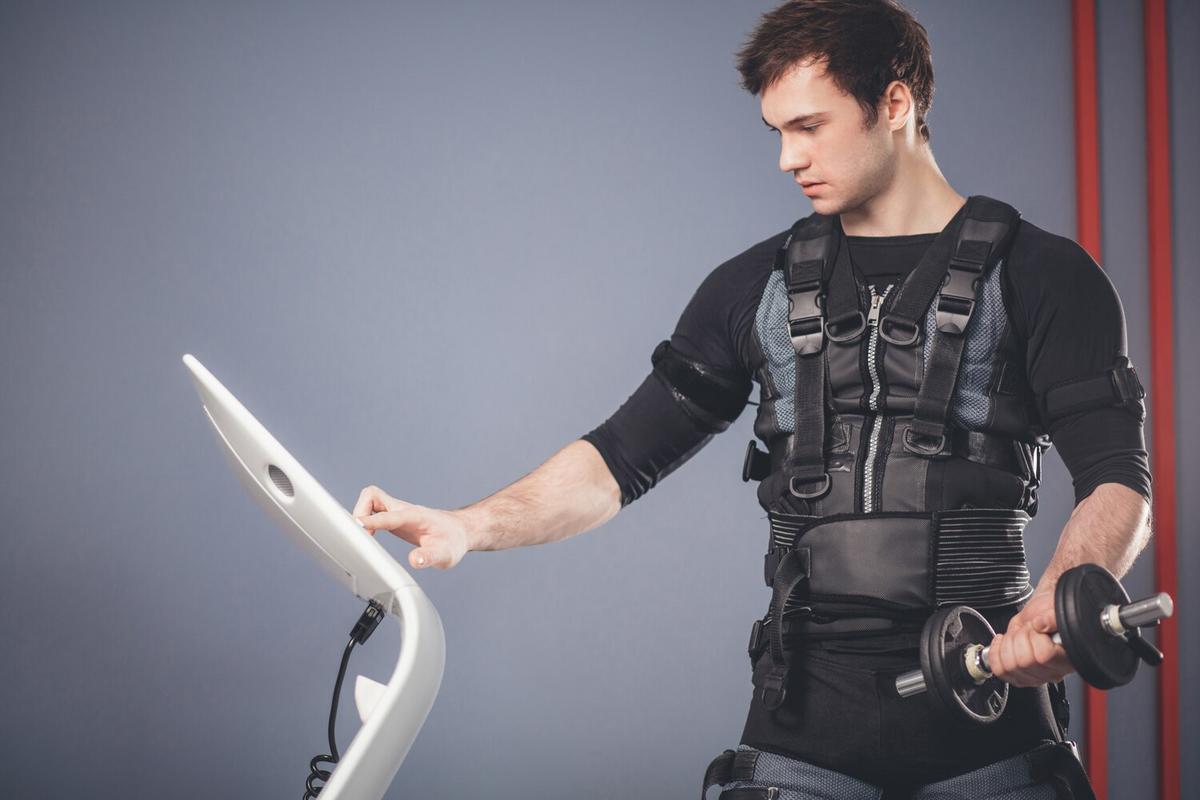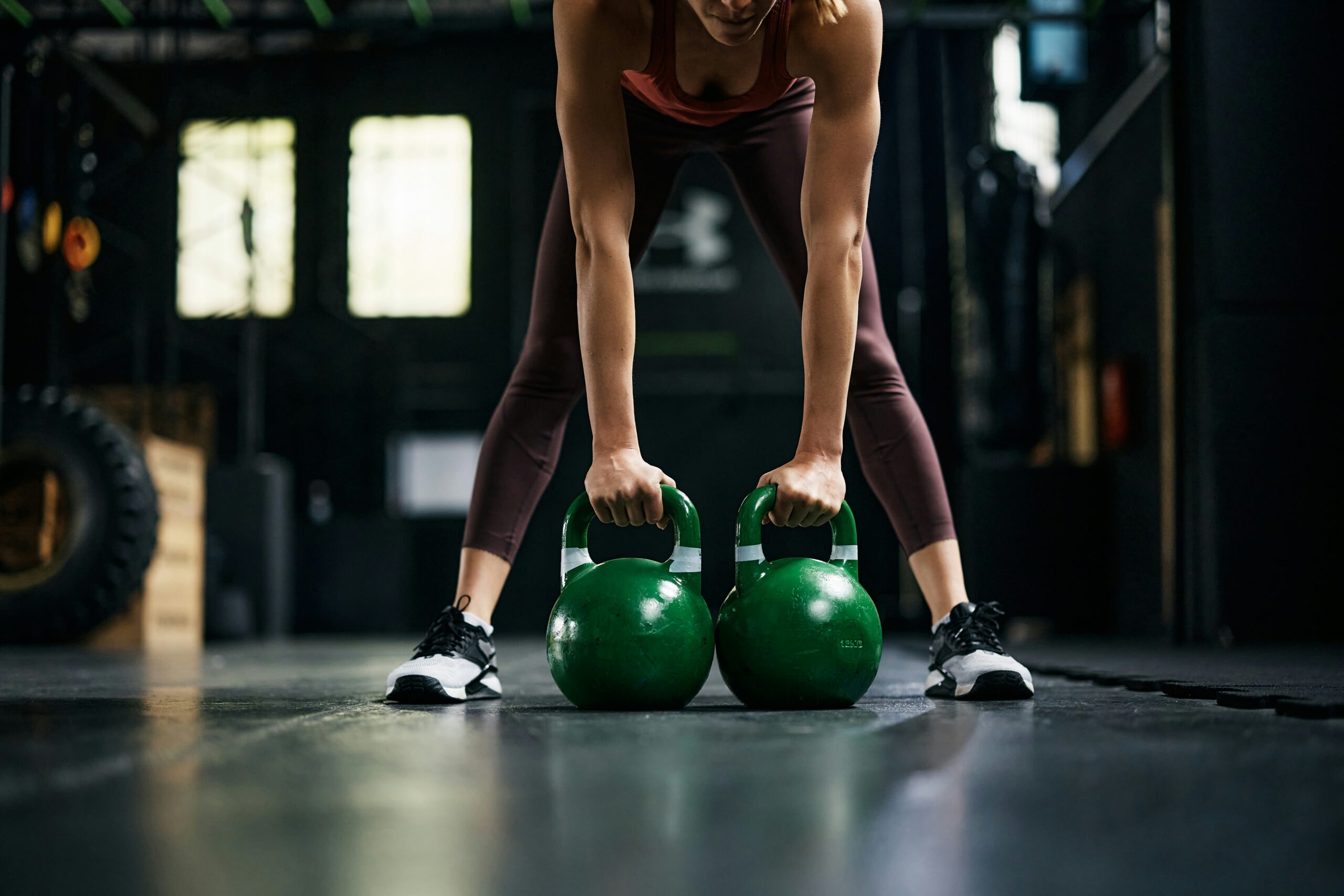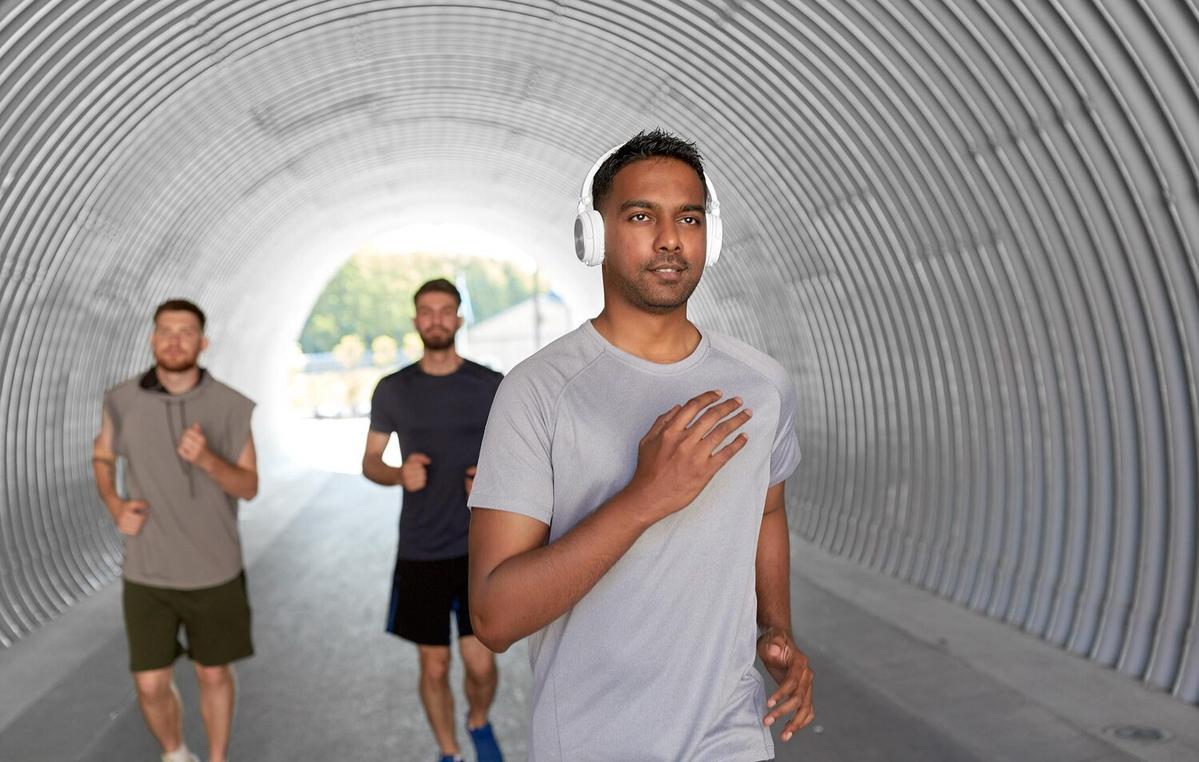
The Role of Machine Learning in Injury Prevention
As technology continues to advance, the intersection of machine learning and fitness technology is becoming increasingly significant, particularly in the realm of injury prevention.
Machine learning, a subset of artificial intelligence, is revolutionizing how we approach fitness and health. By analyzing vast amounts of data, it can identify patterns and predict potential injuries before they occur. This proactive approach is transforming how athletes, both professional and amateur, train and recover.
Understanding the Impact of Machine Learning
Machine learning algorithms can process data from a variety of sources, such as wearable devices, to monitor an individual’s movements, performance metrics, and even physiological data. Expert Dr. Michael Stone from the Sports Science Institute notes that “the ability of machine learning to process real-time data gives athletes an unprecedented level of insight into their bodies, allowing for tailored training regimens and early detection of potential injuries.”
Research Findings
Recent studies have shown that machine learning models can predict injuries like stress fractures and tendonitis with an accuracy rate of up to 85%. This is achieved by analyzing gait patterns, workout intensity, and recovery times. Such predictive capabilities are invaluable in high-impact sports where injuries can be career-ending.
Real-World Applications
Consider the case of Constantin, an avid marathon runner who integrated machine learning tools into his training. By using a wearable device that analyzed his running form and fatigue levels, he was able to adjust his training load and avoid a previously recurring knee injury.
Actionable Tips for Using Machine Learning in Fitness
- Utilize wearable technology to gather data on your workouts and health metrics.
- Explore fitness apps that offer machine learning-driven insights and personalized recommendations.
- Regularly review the data insights to adjust training plans and prevent overtraining.
Comparison Table: Traditional vs. Machine Learning Approaches
| Aspect | Traditional Approach | Machine Learning Approach |
|---|---|---|
| Injury Prediction | Based on experience and observation | Data-driven analysis and prediction |
| Training Plans | Generalized for groups | Personalized and adaptive |
| Feedback | Post-event analysis | Real-time insights |
| Performance Tracking | Manual logging | Automated data collection |
| Recovery Insights | Standardized protocols | Customized recovery recommendations |
| Data Sources | Limited to physical observation | Integration of multiple biometric sensors |
| Adaptability | Requires manual adjustment | Automatically adapts to user data |
| Cost | Often lower initial cost | Higher upfront investment |
Frequently Asked Questions
How does machine learning predict injuries?
Machine learning analyzes patterns in workout data, such as intensity and form, to identify risk factors and predict potential injuries.
What types of data are used in these predictions?
Data from wearable devices, such as heart rate, step count, and movement patterns, are commonly used.
Are machine learning tools accessible for amateur athletes?
Yes, many fitness apps and wearables now incorporate machine learning features suitable for all levels of athletes.
Conclusion
Machine learning is playing a pivotal role in injury prevention by providing athletes with personalized insights and predictions based on real-time data. As this technology continues to evolve, its integration into fitness routines could become as commonplace as the workouts themselves. Embracing these tools can lead to more effective training plans and a reduced risk of injury, ultimately enhancing athletic performance and longevity.


